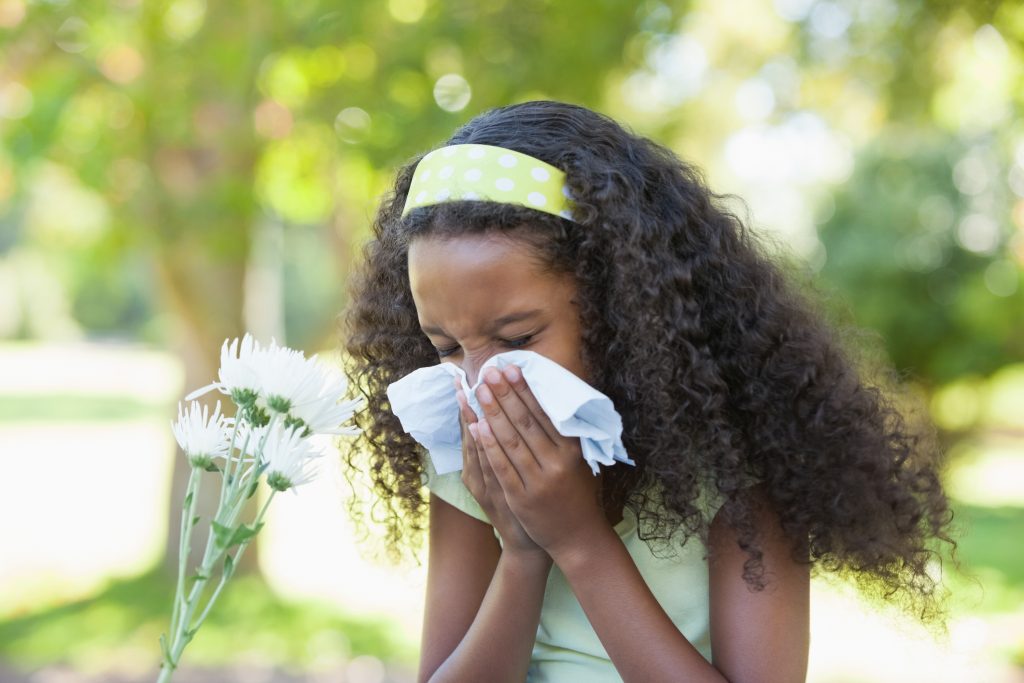
With spring in full swing many kids and families look forward to warmer and longer days, and fun times outside. But for many children, this time of year also signals the beginning of stuffy noses, itchy eyes, sneezing and other challenging symptoms associated with spring allergies.
Dr. Gigi Chawla, chief of general pediatrics at Children’s Minnesota, recently spoke with WCCO to share tips and tricks for identifying triggers and managing symptoms in kids.
What are spring allergy environmental triggers?
Mold, grass and pollen are three top allergens that kids and adults are exposed to as the weather changes and trees begin to bloom. Mold from old leaves and the rapid spread of weeds, like ragweed, can also cause problems for some children and adults later in the summer.
Even though you can’t completely avoid seasonal allergy triggers, you can take steps to decrease your child’s exposure, such as:
- Refrain from asking your child to do yard work or other outside chores during peak allergy season.
- Keep windows closed to help avoid pollens from trees and mold, especially on days when the grass is being mowed. Pollen counts often are highest at night; therefore, if windows need to be open for a period of time it’s better to do so during the day.
- Window filters are a great way to control airflow into the house and help block out pollens.
- Bathe children and change their clothes soon after they have been playing outside to wash away pollen.
What are the signs and symptoms of allergies?
Children suffer from seasonal allergies, and early recognition of symptoms and treatment may help alleviate some of their discomfort. Spring allergy symptoms often resemble those of a cold. In addition to itchy eyes and stuffy noses, your child with spring allergies may have:
- Runny nose
- Itchy nose and throat
- Nasal congestion
- Coughing
How are allergies treated?
Although there’s no cure for seasonal allergies, there are many medications to help manage and control your child’s symptoms. Treatment of allergies depends of the severity and type of symptoms present. For children who suffer from mild or moderate allergy symptoms, many over-the-counter medications will help alleviate some of their discomfort. It is recommended that parents follow the directions on the medication label for appropriate dosage and intervals for treatment of over the counter medications.
Commonly used over the counter allergy medications include antihistamines, such as:
- Zyrtec (cetirizine)
- Claritin (loratadine)
- Benadryl (diphenhydramine)
- Allegra (fexofenadine)
Persistent allergies may require an anti-inflammatory nasal spray such as Flonase (fluticasone), Nasonex (mometasone) and Nasacort (triamcinolone). For severe symptoms, immunotherapy (allergy shots or sublingual tablets) can also help your child’s immune system not react so severely. Talk with your primary care provider or child’s allergist regarding the most-appropriate option for your child.
For more information on the signs, symptoms and the treatment of spring allergies, watch the full segment below.